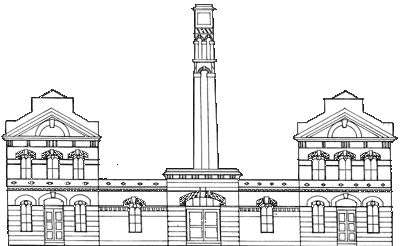National Ice age Network.
The national Ice Network is universities based research group, and seeks the participation of all who are interested in exploring our Ice Age heritage. This includes those in the quarry industry as well as academics and the general public.
Much of our knowledge about the Ice age Britain has arisen from commercial sand and gravel quarrying.
Quarry excavations have revealed geological sequences, plant and animal fossil remains, and the stone tools of out earliest ancestors-the raw materials needed to reconstruct the Ice Age World.
The benefits of the aggregates quarrying to reconstruction our Ice Age heritage cannot be realised unless these finds are recorded, recovered and researched.
Such work is an essential component of environmentally sustainable quarrying, and for this reason the National Ice Age Network is supported by the Aggregates Levy Sustainability Fund (ALSF)
This initiative aims not only to help ensure, through collaboration with the aggregates industry, the recording of Ice Age remains and finds but also to promote interest in a period that shaped the English Landscape.
Ice Age Facts
600,000 years ago early humans were hunting and butchering large animals in Suffolk.
450,000 years ago during the Anglian glaciation, an ice sheet 1km high reached the outskirts of London.
125,000 years ago hippos, lions and elephants would have been a common sight in Central London.
80,000 years ago the Earth entered into the most recent glacial period known in Britain as the Devensian.
20,000 years ago the Devensian reached its peak with an ice sheet covering much of Scotland and England as far south as Birmingham.
11,500 years ago the last glacial period ended and the interglacial we are living in today began
To find out more about our Ice Age heritage, become a member of the National Ice Age Network, log onto
www.iceage.org.uk


